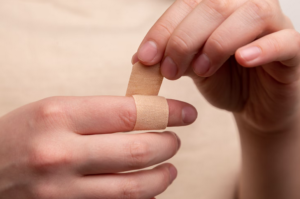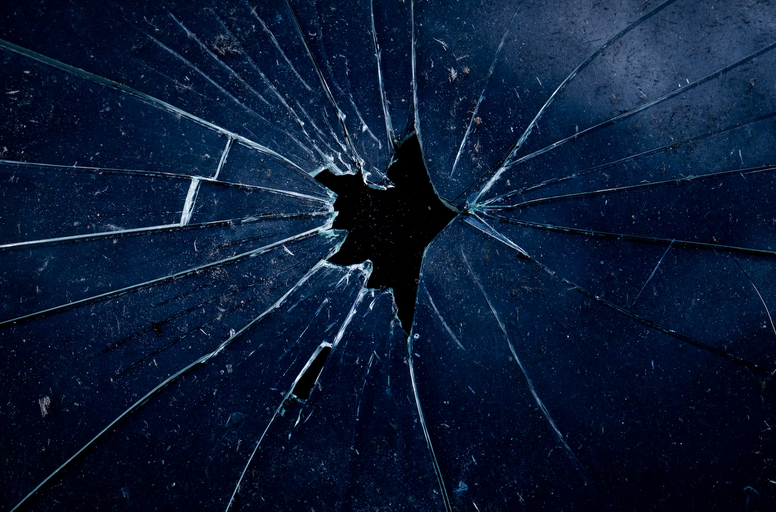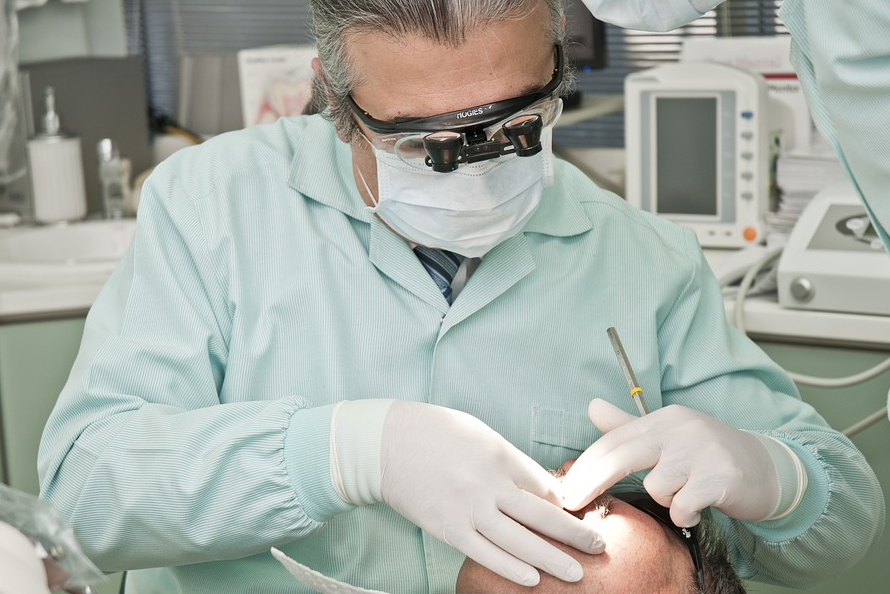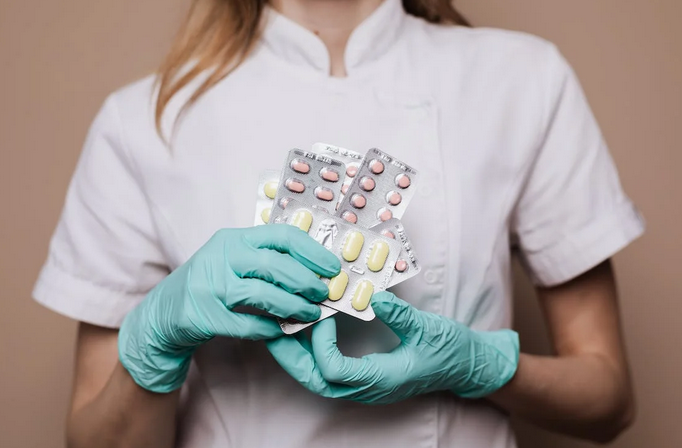Glass injuries can happen in the blink of an eye, leaving us startled and unsure about what to do next. Whether it’s a minor cut or a deeper gash, knowing how to handle and stop bleeding from glass injuries is essential for everyone. In fact, I once survived from shattered glass injuries. For some reason, my glass table just exploded, and my hand was bleeding. That was the time when my dad came to rescue me. Now, I know how important it is to learn first aid fundamentals.
Safety should always come first when faced with such accidents, so let’s dive into the fundamental steps you need to take to ensure that you’re providing immediate care while minimizing the risk of further harm. In this blog post, we’ll walk you through each step with clear instructions on how to safely handle glass injuries and stop the bleeding.
Practice Immediate Safety First

When faced with a glass injury, the first and most crucial step is to prioritize immediate safety. Your well-being and that of the injured person should be your utmost concern. So, what can you do to ensure everyone’s safety? Assess the situation and remove any potential hazards. Is there broken glass scattered around? Make sure to clear it away carefully, using gloves or other protective equipment if available. Remember, sharp shards can cause further harm if not properly handled.
Next, take a moment to check yourself for any injuries before assisting others. If you’re bleeding as well, address your own wounds first by following these same steps. If possible, have someone call for professional medical help while you attend to the injured person. Time is of the essence when it comes to severe bleeding from glass injuries.
Perform Gentle Cleaning
This may seem counterintuitive since our natural instinct is to immediately stop the bleeding. However, it’s crucial to clean the wound properly to prevent infection. Start by gently rinsing the area with cool running water. Avoid using harsh soaps or disinfectants, as they can irritate the skin and delay healing.
Grab a clean cloth or sterile gauze pad, then use them to carefully pat dry around the wound without applying pressure directly on it. Remember, we want to be gentle in this process, as any excessive rubbing or wiping could cause further damage and increase bleeding. Once you have cleaned and dried the surrounding area, apply an antiseptic ointment if available.
Apply Direct Pressure
This simple yet effective technique can help control bleeding and prevent further complications. To give direct pressure, start by finding a clean cloth or gauze pad. Place it directly on the wound and apply firm pressure using your hand or fingers. The goal here is to exert enough pressure to stop the bleeding without causing any additional harm.
If the cloth or gauze becomes soaked with blood, do not remove it. Instead, simply add another layer on top and continue applying pressure. Removing the saturated material may disrupt the formation of blood clots and lead to persistent bleeding. Remember, maintaining steady pressure is crucial in controlling bleeding effectively. Hold firm for at least 5-10 minutes before checking if the bleeding has stopped. If necessary, continue applying direct pressure until medical help arrives.
Elevate the Injury
 Did you know that elevating the injury can help to reduce swelling and minimize blood flow, ultimately aiding in a faster recovery? To elevate the injury, find a comfortable position where you can prop up the affected limb above heart level. This will let gravity do its amazing work in your favor by reducing the pooling of blood in that area. Remember, when elevating an injury, it’s important to be gentle and avoid any unnecessary movement or pressure. Use pillows or cushions to provide support and ensure comfort for the person experiencing the injury.
Did you know that elevating the injury can help to reduce swelling and minimize blood flow, ultimately aiding in a faster recovery? To elevate the injury, find a comfortable position where you can prop up the affected limb above heart level. This will let gravity do its amazing work in your favor by reducing the pooling of blood in that area. Remember, when elevating an injury, it’s important to be gentle and avoid any unnecessary movement or pressure. Use pillows or cushions to provide support and ensure comfort for the person experiencing the injury.
While these steps provide essential guidance for managing glass injuries, it’s important to seek professional medical attention if necessary or if there are any concerns about infection or deeper wounds.




